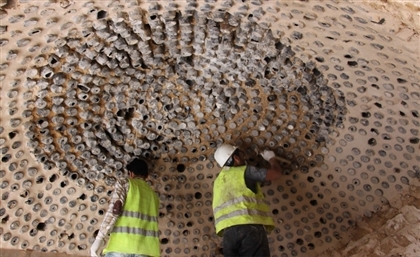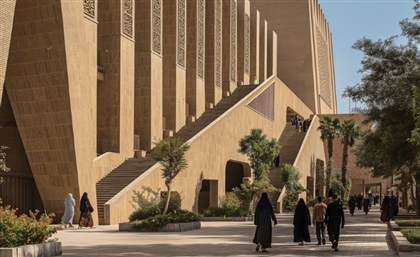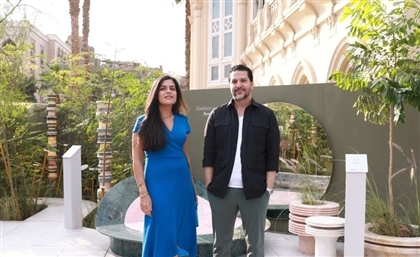Herzog & de Meuron Design Lusail Museum in Qatar
Set for completion in 2029, the museum will host one of the world’s largest collections of Orientalist art.
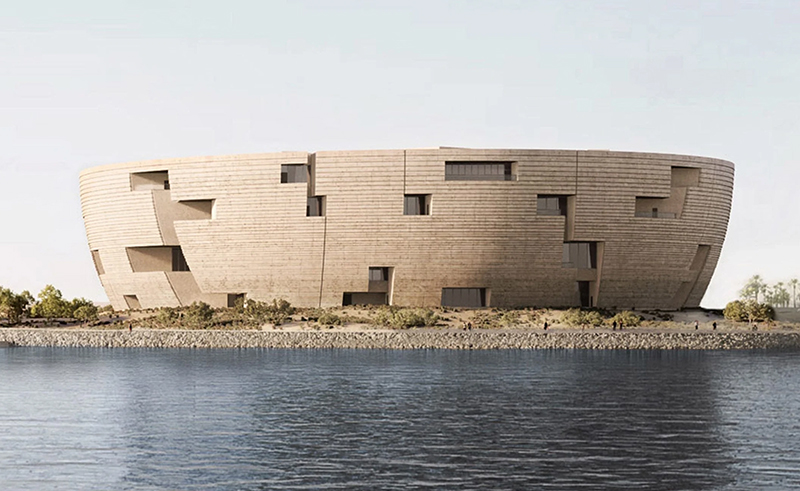
Qatar Museums, the cultural institution behind Qatar’s art and culture drive, released renderings of the upcoming Lusail Museum by Pritzker Prize-winning Swiss architects Herzog & de Meuron. Located on Al Maha Island, the museum’s Islamic heritage-inspired architecture will house one of the world’s largest collections of Orientalist art.
 Conceived as a vertically layered souk, the museum is placed on the southern end of Herzog & de Meuron’s masterplan and will become a cultural anchor of Lusail City, the sustainable city dubbed the ‘City of the Future’, which will be realised only 10 km north of Doha.
Conceived as a vertically layered souk, the museum is placed on the southern end of Herzog & de Meuron’s masterplan and will become a cultural anchor of Lusail City, the sustainable city dubbed the ‘City of the Future’, which will be realised only 10 km north of Doha.
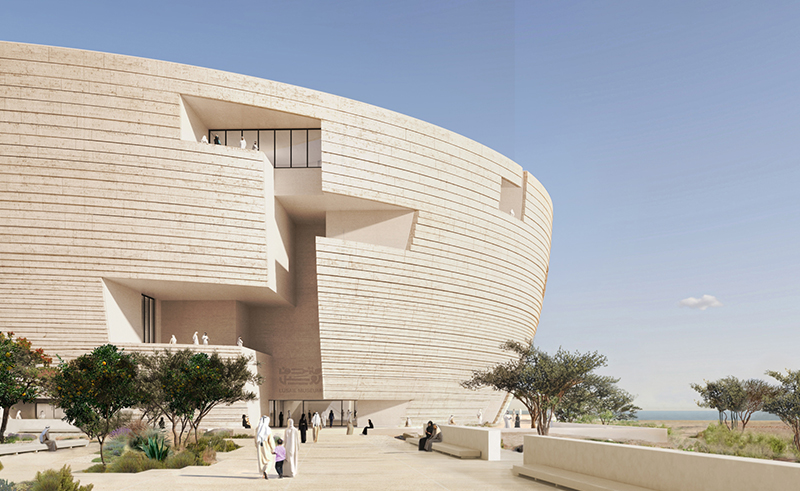 The architecture draws from local materials and the historical significance of its location, where Sheikh Jassim bin Moahmmed Al Thani, founder of Qatar, found his home in the late 1800s. “Nothing is given forever. There are areas like these coasts that are more ephemeral, more transformable, something between water and land. Al Maha Island is a man-made work of land art, actually,” Jacquez Herzog, Co-Founder of Herzog & de Meuron, tells SceneHome. “In the same way, we wanted the Lusail Museum to be a piece of earth, as if growing out of Al Maha Island. Not just a building, but a world in and of itself, almost like a planet.”
The architecture draws from local materials and the historical significance of its location, where Sheikh Jassim bin Moahmmed Al Thani, founder of Qatar, found his home in the late 1800s. “Nothing is given forever. There are areas like these coasts that are more ephemeral, more transformable, something between water and land. Al Maha Island is a man-made work of land art, actually,” Jacquez Herzog, Co-Founder of Herzog & de Meuron, tells SceneHome. “In the same way, we wanted the Lusail Museum to be a piece of earth, as if growing out of Al Maha Island. Not just a building, but a world in and of itself, almost like a planet.”
 Herzog & de Meuron’s design features three intersecting spheres carving the building into two parts: one resembling a full moon, the other a crescent moon wrapping around it. As a result of the two curvatures, a crescent-shaped internal street is formed, connecting the entrances to the lobby, library, auditorium, prayer space and other functions.
Herzog & de Meuron’s design features three intersecting spheres carving the building into two parts: one resembling a full moon, the other a crescent moon wrapping around it. As a result of the two curvatures, a crescent-shaped internal street is formed, connecting the entrances to the lobby, library, auditorium, prayer space and other functions.
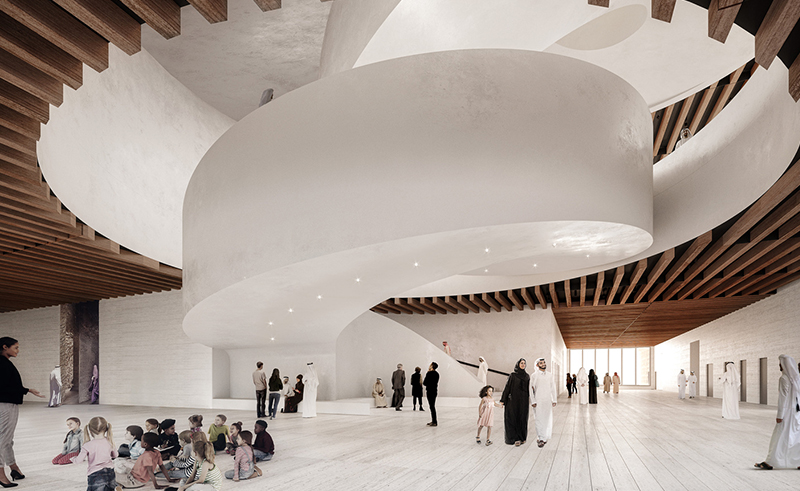 Rough and sand-like, the exterior’s cladding is a response to the building’s coastal setting, appearing as if it’s a piece of the land. Recessed windows cut out of the facade allow daylight inside while protecting from direct sunlight and maintaining visual connection with the surroundings.
Rough and sand-like, the exterior’s cladding is a response to the building’s coastal setting, appearing as if it’s a piece of the land. Recessed windows cut out of the facade allow daylight inside while protecting from direct sunlight and maintaining visual connection with the surroundings.
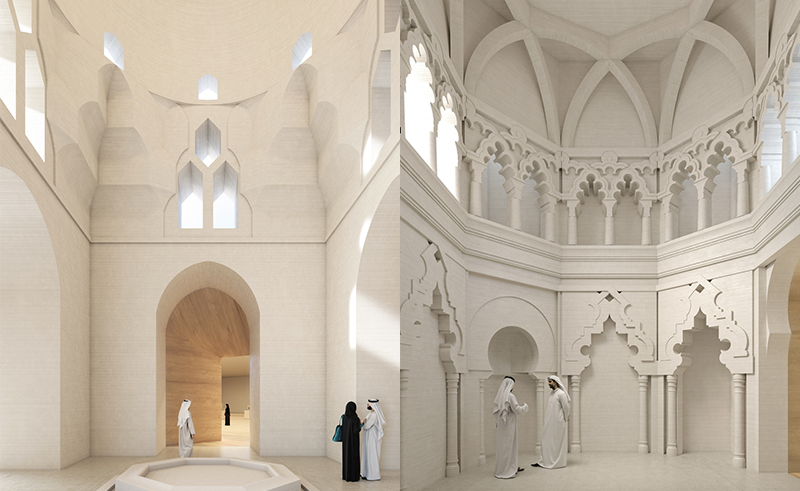 While the exterior boasts a robust expression, internal spaces offer a different sensory experience for visitors, like a prayer space covered in reflective metal, a wooden-panelled library, soft auditorium and sculptural plaster stairs. Display rooms across the museum differ according to their location, with four abstract replicas from the interior of historical buildings found on the top floor.
While the exterior boasts a robust expression, internal spaces offer a different sensory experience for visitors, like a prayer space covered in reflective metal, a wooden-panelled library, soft auditorium and sculptural plaster stairs. Display rooms across the museum differ according to their location, with four abstract replicas from the interior of historical buildings found on the top floor.
 Offering a break from traditional galleries and unexpected spatial experiences, abstracted domes such as the one covering Murat III’s bedroom pavilion in the Palace of Topkapi in Istanbul, the dome of the Jameh Mosque in Natanz, the Ablution fountain in the courtyard of Ibn Tulun Mosque in Cairo and the Aljafaria dome in Saragossa. These references are applied on four cupolas, with pendentives, cross arches, muqarnas and squinches defining the domes’ geometry.
Offering a break from traditional galleries and unexpected spatial experiences, abstracted domes such as the one covering Murat III’s bedroom pavilion in the Palace of Topkapi in Istanbul, the dome of the Jameh Mosque in Natanz, the Ablution fountain in the courtyard of Ibn Tulun Mosque in Cairo and the Aljafaria dome in Saragossa. These references are applied on four cupolas, with pendentives, cross arches, muqarnas and squinches defining the domes’ geometry.
 Set for construction in 2024, Lusail Museum is expected to be completed in 2029. Led by a global think tank, Lusail Museum will attract scholars, artists and thought leaders to discuss and debate global issues, with the ultimate goal of presenting Orientalist art in the modern Arab world.
Set for construction in 2024, Lusail Museum is expected to be completed in 2029. Led by a global think tank, Lusail Museum will attract scholars, artists and thought leaders to discuss and debate global issues, with the ultimate goal of presenting Orientalist art in the modern Arab world.
- Previous Article Waterway Launches ‘MY ŌTEL’
- Next Article The Pioneering Art of Egyptian Architect Hassan Fathy




